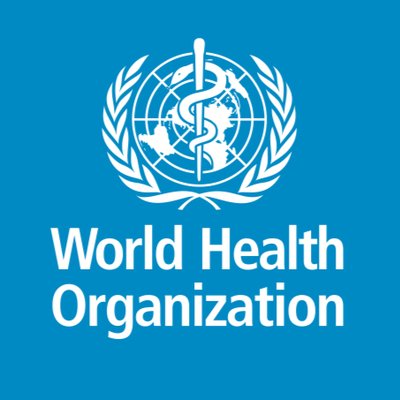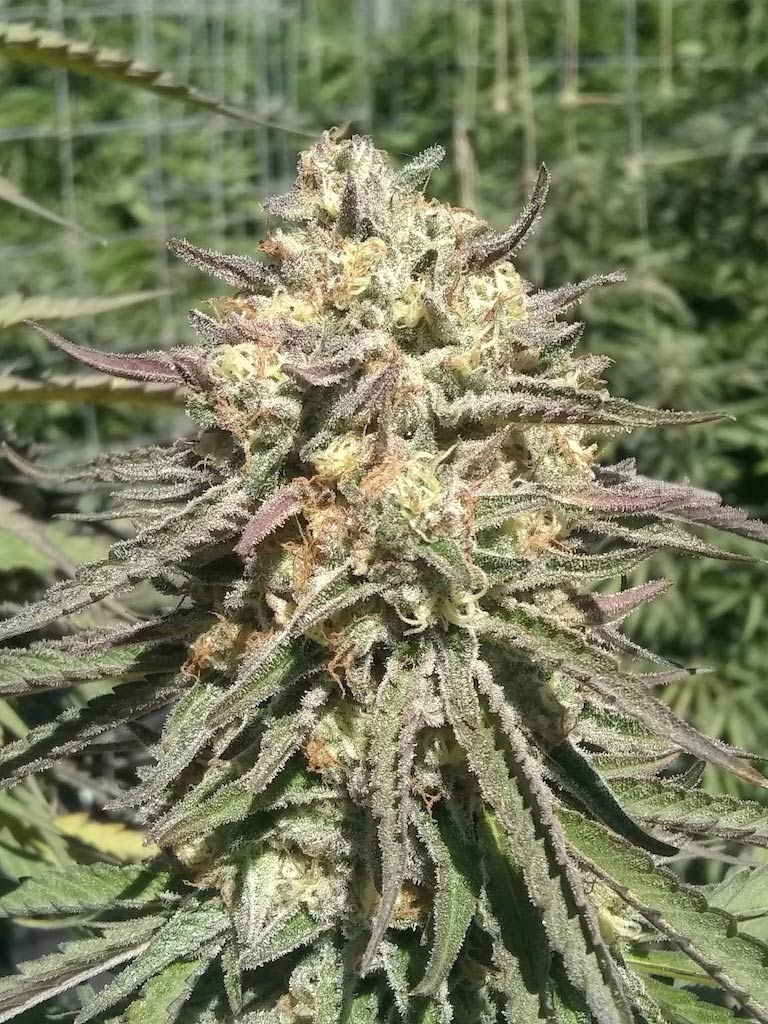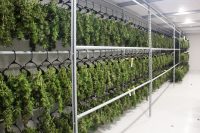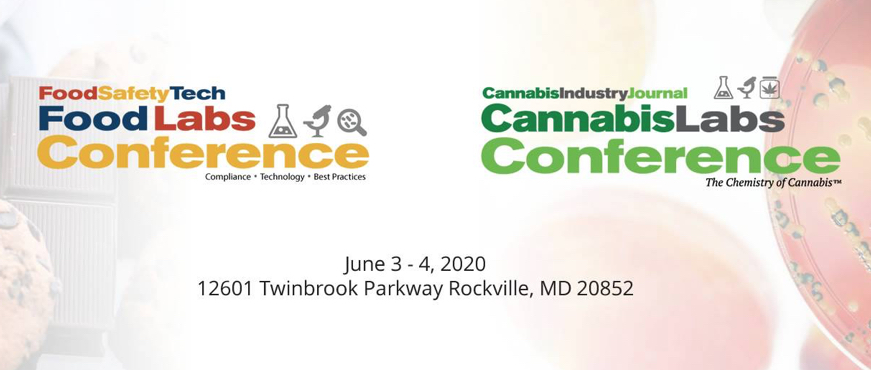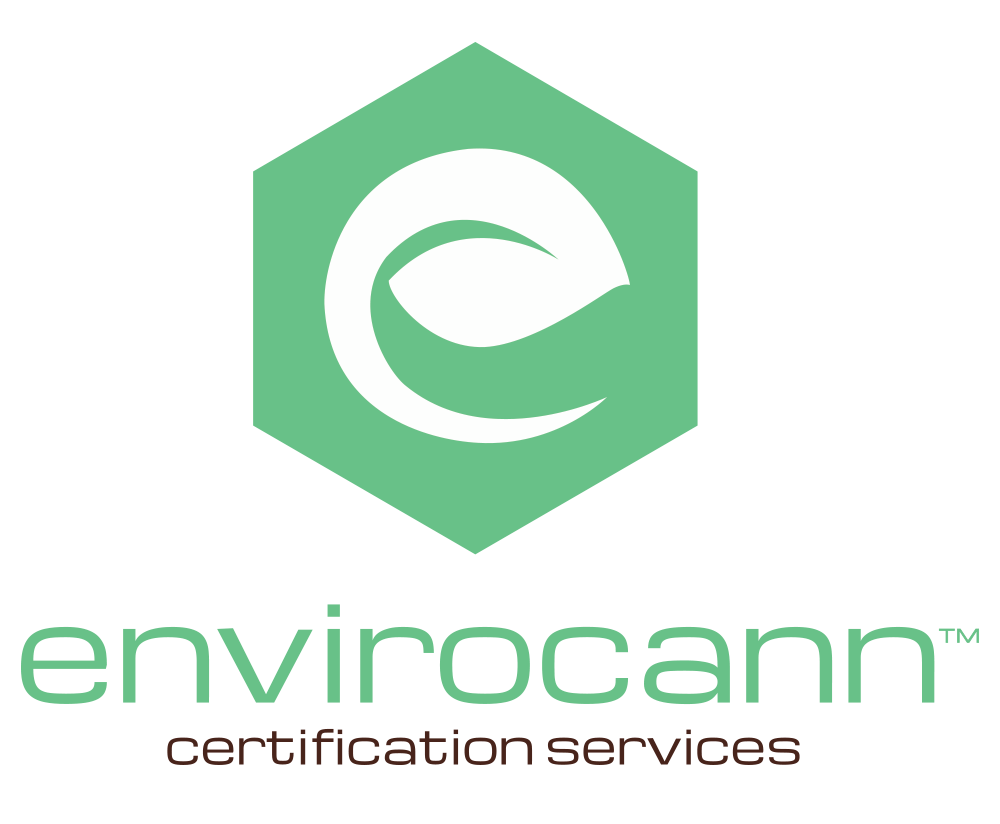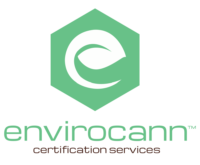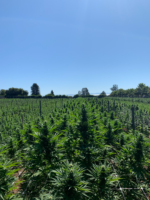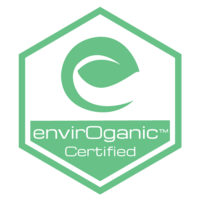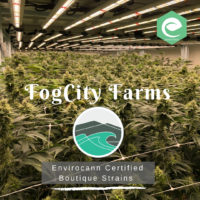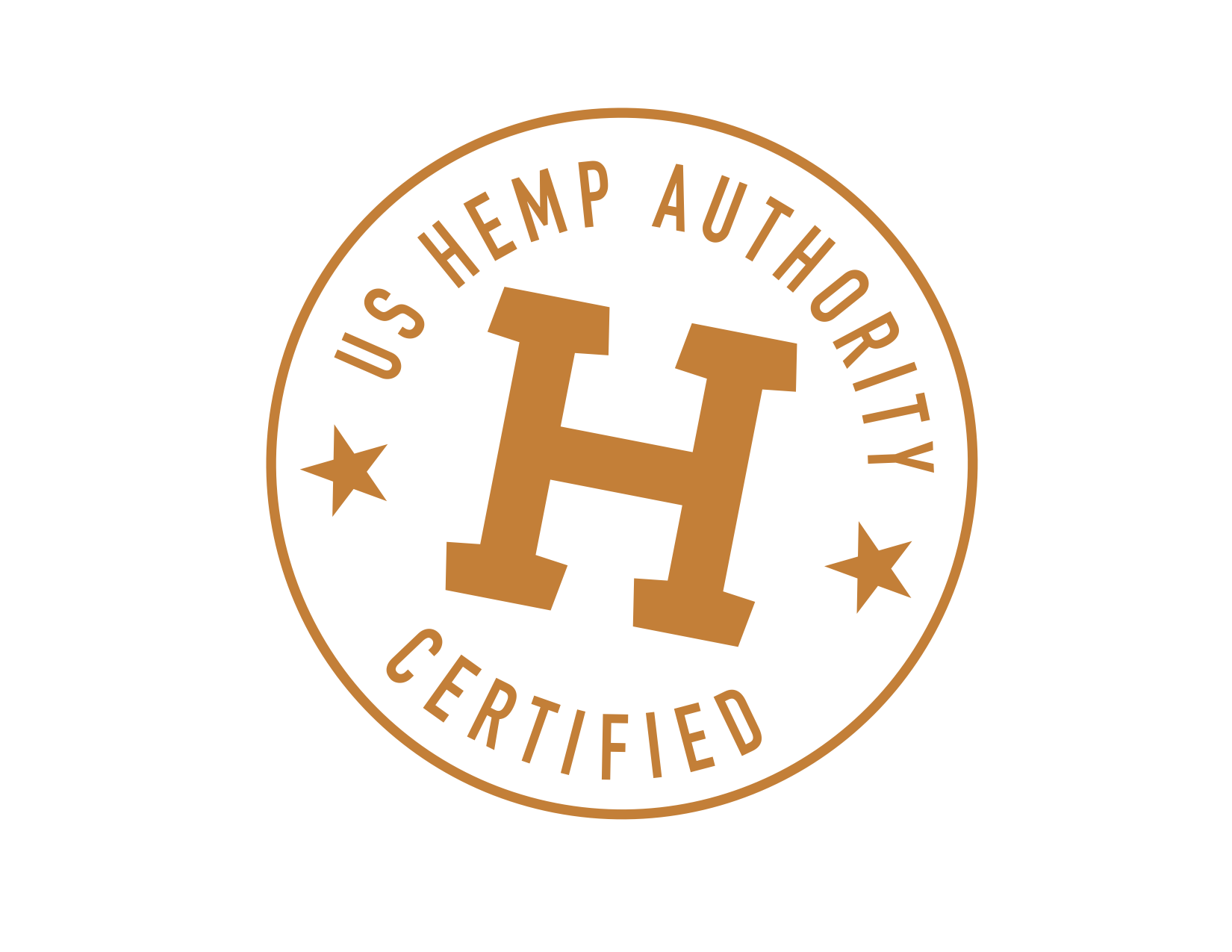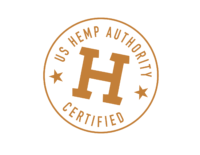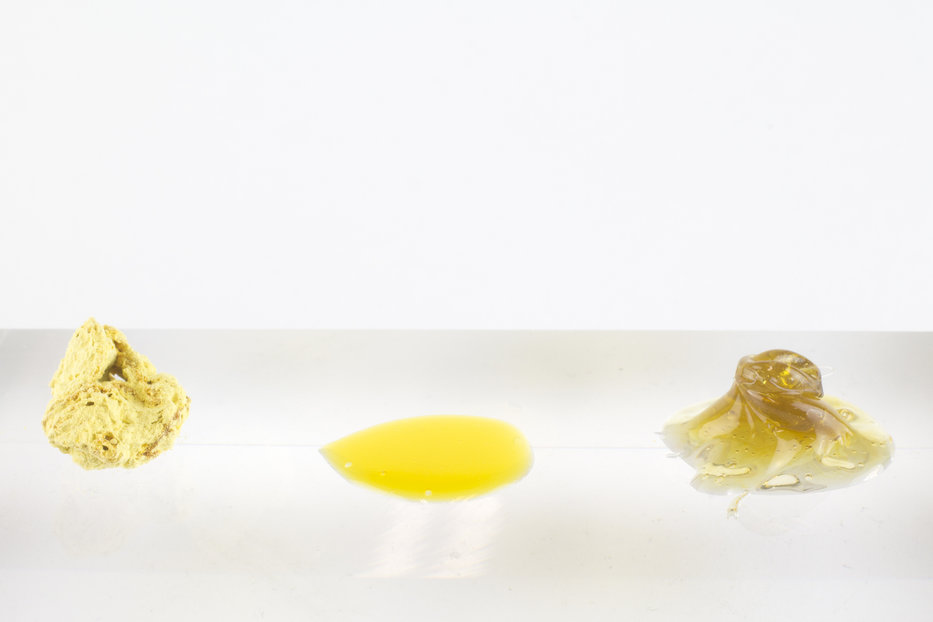The World Health Organization (WHO) recently recognized COVID-19, the disease caused by the coronavirus SARS-CoV-2, a pandemic. What can cannabis businesses do to help reduce transmission?
At the time of this writing, community transmission of COVID-19 has been observed in every continent except Antarctica. While China and South Korea are showing signs of containment, with negative disease growth rates, the rest of world is experiencing positive – and in some cases exponential – disease growth rates. Many companies in the cannabis industry are asking: what can we do to slow the spread of the virus and get ahead of the outbreak?
By adopting sensible policies, businesses play a key role in reducing disease transmission. On March 13, 2020, The International Chamber of Commerce (ICC), in collaboration with the WHO and New England Complex Systems Institute (NECSI), released Coronavirus Guidelines for Business, a summary of actions businesses can take to reduce immediate risks to employees and long-term risks to costs and profitability. The guidelines have since been delivered to more than 45 million businesses worldwide.
 There are four sections to the guidelines:
There are four sections to the guidelines:
- General Recommendations
- Meetings, Travel and Visitors
- Workplaces
- Retail and Hospitality
Specific recommendations relevant to the cannabis industry include working remotely where possible, avoiding unnecessary travel and keeping clear records of each day’s contacts. Where possible, a pick-up and drop-off service, home delivery or drive by services are recommended.
Businesses should be developing, readying and implementing business continuity plans based on the ICC guidelines. At this point, a conservative position would be to assume that if an outbreak has not been reported locally it is only a matter of time before local cases are reported. Specific actions businesses should take will depend on location, nature of the workplace and potential disruptiveness to operations.
The ICC and NECSI Coronavirus Guidelines for Business can be found here.
endCoronavirus.org is built and maintained by NECSI and its collaborators and specializes in networks, agent-based modeling, multi-scale analysis and complexity as it relates to COVID-19.
The International Chamber of Commerce (ICC) is the institutional representative of more than 45 million companies in over 100 countries. ICC’s core mission is to make business work for everyone, every day, everywhere. Through a unique mix of advocacy, solutions and standard setting, they promote international trade, responsible business conduct and a global outreach to regulation, in addition to providing market-leading dispute resolution services. Their members include many of the world’s leading companies, SMEs, business associations and local chambers of commerce.
The New England Complex Systems Institute (NECSI) is an independent academic research and educational institution with students, postdoctoral fellows and faculty. In addition to the in-house research team, NECSI has co-faculty, students and affiliates from MIT, Harvard, Brandeis and other universities nationally and internationally.

